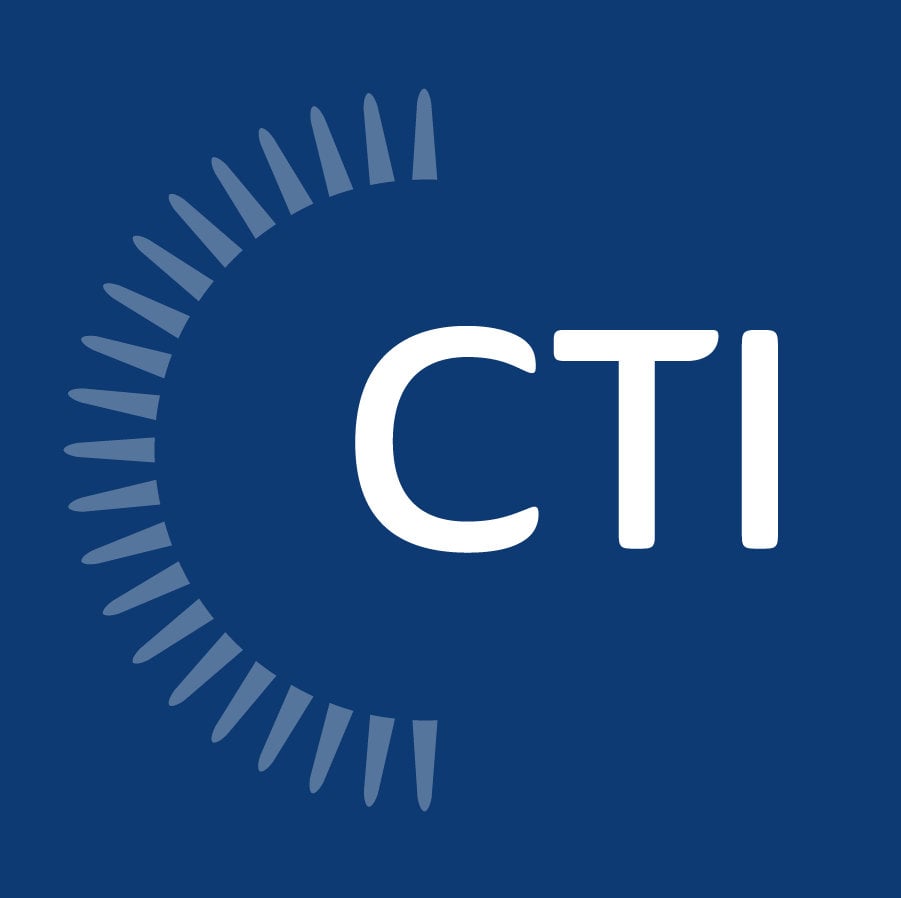 Opinions, opinions, opinions…. everybody has them and the latest one on the application of section 41, the “R&D Tax Credit”, is fresh off the presses from the federal court in the southern district of Ohio.
Opinions, opinions, opinions…. everybody has them and the latest one on the application of section 41, the “R&D Tax Credit”, is fresh off the presses from the federal court in the southern district of Ohio.
The opinion for U.S. v. Quebe Holdings, was released January 17, 20191. The court’s opinion cleanly pours Quebe Holdings, Inc. (QHI) out of the court like pouring water from a Texas-sized boot. But what does the opinion mean for taxpayers who are claiming or want to claim the research credit? First, we must understand the opinion and then we can begin to understand what it means for taxpayers.
Learn How Current Activities Can Earn Tax Credits For Your Construction Firm
The government filed suit against Quebe for alleged erroneous refunds that they received after they filed amended returns and the IRS paid refund claims calculated by Quebe’s tax consultant. Quebe Holdings is a group of three separate, decades-old electrical contracting companies that are treated as a single taxpayer.
The government motioned for summary judgement2 arguing Quebe’s calculation of its base amount was invalid because the decades-old Quebe should not be permitted to use the “start-up” method under 26 U.S.C. §41(c)(3)(B) and should have used the “80s base” calculation method.
Charging ahead
To win, the government had to argue and demonstrate to the court through deposition testimony that an electrical contractor was conducting qualified research activities (QRAs) in both the 1980’s and the 2009-10 tax periods in question.
More specifically, the government argued that the following were all QRAs that were conducted in both the 80s and tax years in question:
- Developing new means and methods
- Issuing requests for information (RFIs)
- Implementing change orders
- Value engineering
- Coordination among trades and estimation
- Determining the appropriate pathways for conduit and wiring
- Conducting estimation activities
- "[d]uring the design and installation of the electrical system, several change orders reflect consideration of alternatives by QHI"
- Coordination with other trades on a particular project
- Improved design of the electrical system through the RFI process3.
The government proved to the court that Quebe was “conducting the same activities in the 80s as they were in 2009-10”4 and therefore should have used the “80s base” calculation, not the “start-up” calculation.
Showing resistance
In response, Quebe offered into evidence the testimony of the corporate representative for their tax consultant that calculated their credits5. However, the court excluded the tax consultant’s testimony as “hearsay” and concluded there was no evidence before the court6.
Worth noting, had the tax consultant been offered and the court accepted him as an expert witness, as opposed to a “corporate representative,” the court may have heard his testimony due to an exception to the hearsay rule. If that testimony had been allowed, the outcome could have been very different. Instead, the court opined that Quebe had not produced sufficient evidence and found in favor of the government7.
Interestingly, in the alternative argument filed in the same brief, the government argued that Quebe’s activities were NOT qualified research activities. The government certainly argued the enumerated activities were qualified research in both the current and base tax years, but this opinion is based on a motion for summary judgement, not a finding of facts8.
This begs the question; does the government believe these are QRAs or did the government simply win due to an improper calculation technicality.
Watt are the facts…
Well, after all this discussion and rumination on the opinion from the Ohio federal court, here are the facts:
- There are now more than 30 court opinions directly addressing the application of the section 41 “R&D Tax Credit”.
- The government argued Quebe’s activities as an electrical contractor were qualified research activities and won their motion. Quebe must pay back all their refunds.
- You need the right expert to properly qualify, quantify, and substantiate your research credit.
Don’t get poured out of a boot like Quebe. Partner with CTI’s elite tax professionals, allowing our team of attorneys, CPAs, engineers, and scientists with ‘Big 4’ experience to find and develop the facts so you can take full advantage of the research credit.
1. S. v. Quebe, 123 AFTR 2019-XXXX, (OH, 2019).
2. Quebe, at *1
3. Quebe, at *7
4. Quebe, at *8
5. Quebe, at *7
6. Quebe, at *8
7. Celotex Corp. v. Catrett, 477 U.S. 317 (1986).
8. R. Civ. P. 56(c); Quebe, at *4



